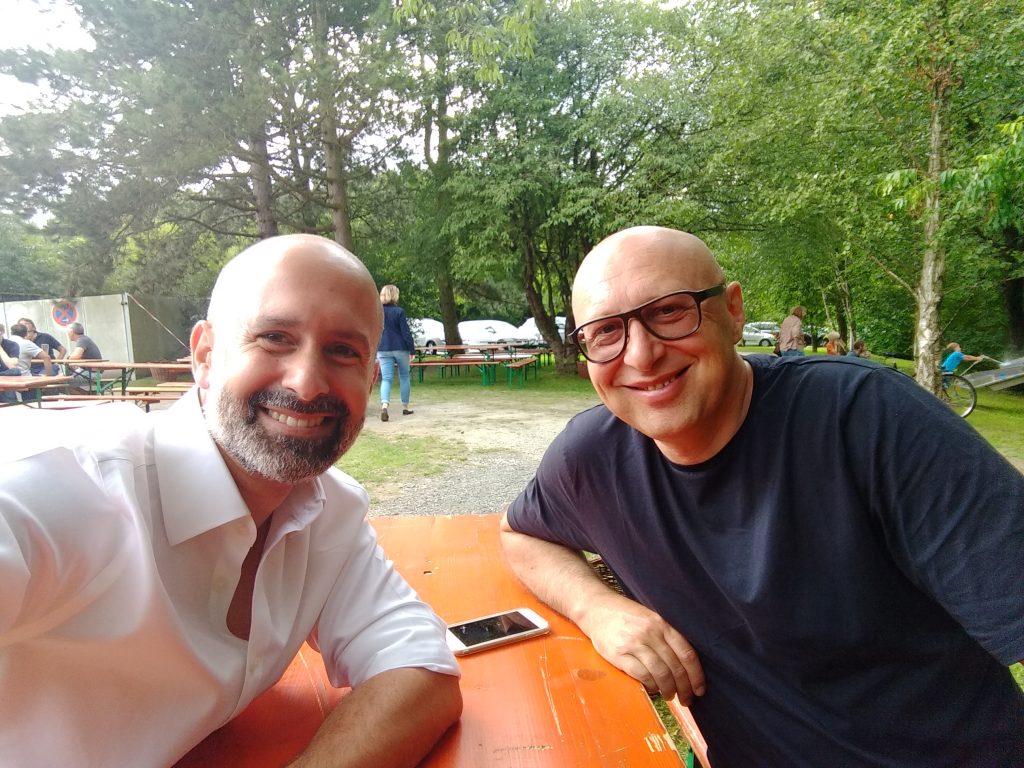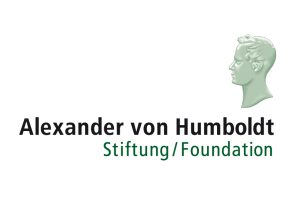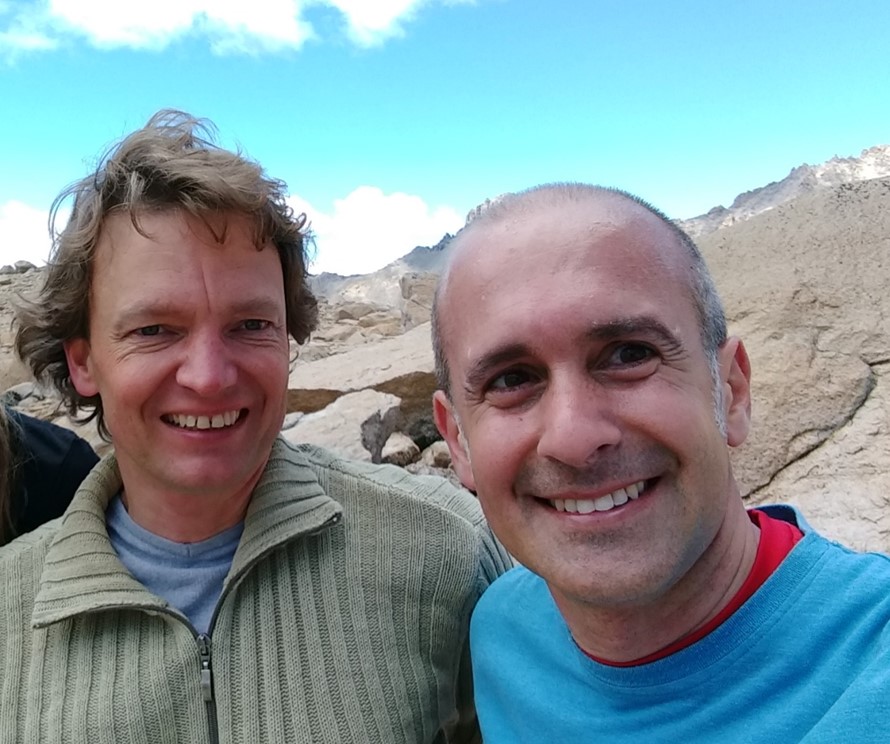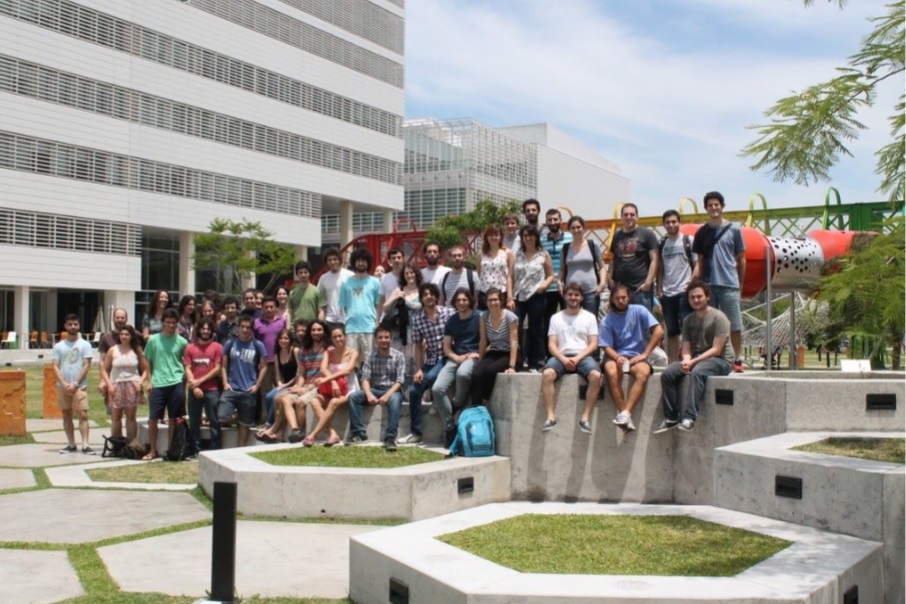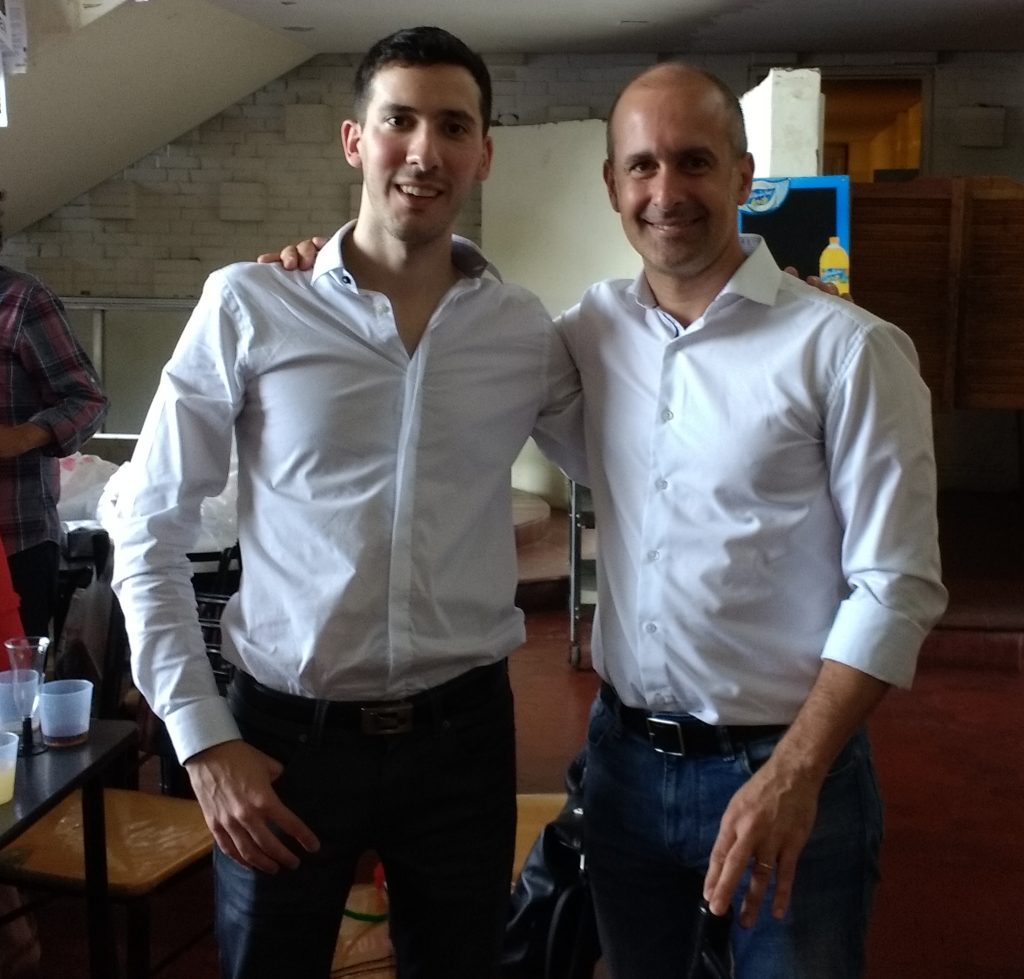Summer festival meeting with Prof. Hell
During the summer festival of the Max-Planck-Institute for Biophysical Chemistry, we had the chance to discuss with Stefan about the impact and future development of MINFLUX. Thank you Stefan for the constant support!

